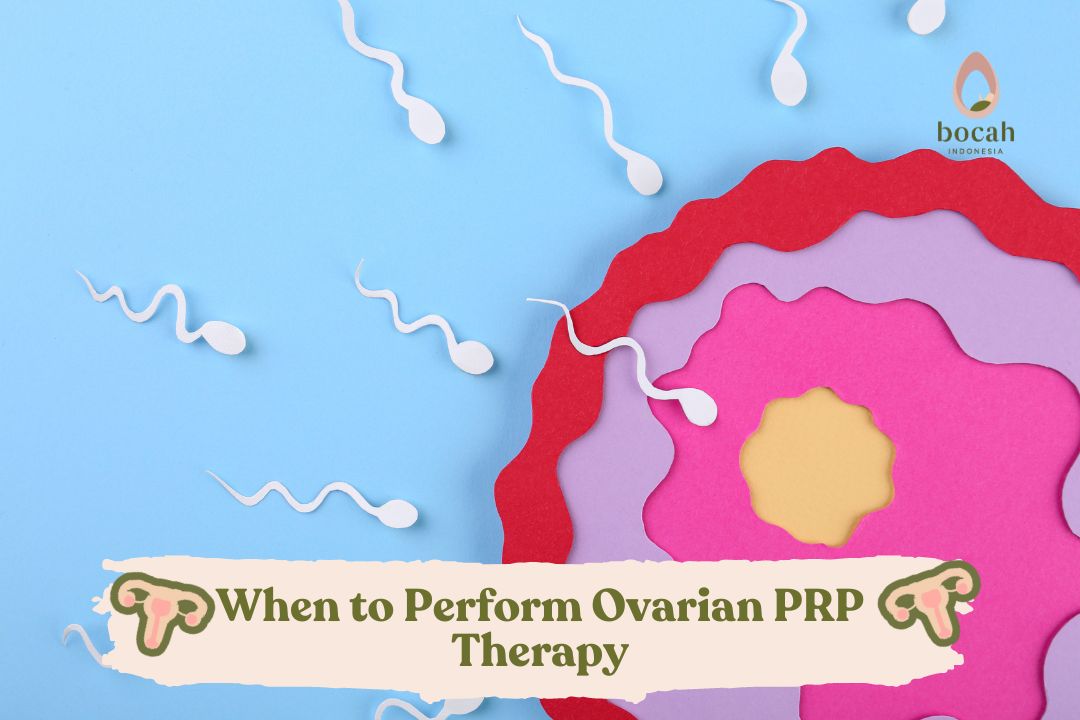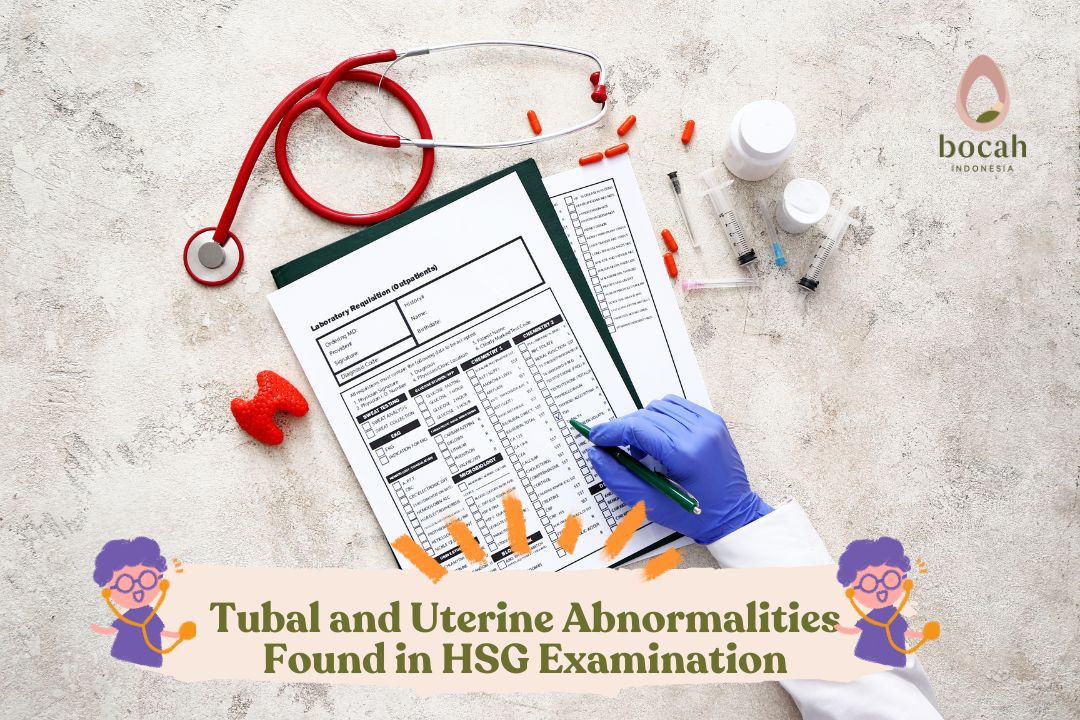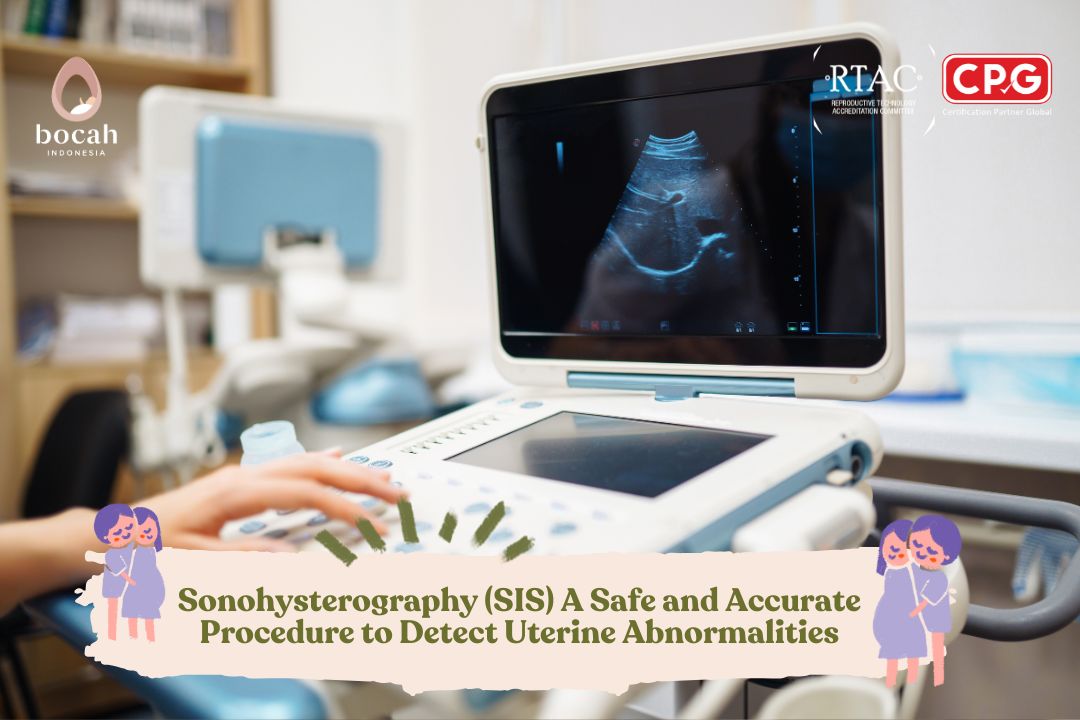PRP Endometrium Helps Optimize Uterine Lining

PRP endometrium is one of the technologies widely used in the field of gynecology to help improve the thickness of the uterine lining for optimal results.
Have you ever heard of Platelet-Rich Plasma (PRP)? PRP is one of the medical technologies widely used in the healthcare and beauty industries. One of the types of PRP commonly chosen in healthcare is PRP endometrium.
PRP endometrial therapy is a medical technology in gynecology aimed at improving the thickness and quality of the uterine lining (endometrium). This technology is frequently used in reproductive health to assist couples experiencing infertility issues who wish to conceive.
How Does PRP Endometrium Play a Role in Infertility?
Many women undergoing fertility treatments and experiencing infertility issues choose to undergo PRP endometrial therapy. This is because PRP endometrium therapy can help improve the thickness and quality of the uterine lining.
This therapy is usually undertaken before embryo transfer procedures to support the implantation process or embryo attachment to the uterine wall. Typically, PRP endometrium is selected to address thin uterine linings.
Tanya Mincah tentang Promil?
It’s important to note that a thin uterine lining can hinder the embryo implantation process, often resulting in implantation failure.
Additionally, PRP is also performed on women experiencing chronic uterine wall inflammation (endometritis) and adhesions of endometrial tissue post-curettage (Asherman’s syndrome).
How Is the PRP Endometrial Procedure Done?
In general, the PRP procedure is not painful and is very straightforward. The process involves infusion into the endometrium. Here’s how the PRP endometrial procedure is performed:
First, blood will be drawn from the woman.
Next, the blood will be centrifuged to separate the platelets from other components.
The platelet-rich plasma will be collected for transfer or infusion.
The plasma transfer process will be done by infusing it through a catheter into the uterine cavity. Then, the woman will be asked to rest briefly after completion.
It’s important to note that the PRP endometrial process does not take a long time, so it won’t take up much of the woman’s time.
Who Can Undergo PRP Endometrial Therapy?
This procedure can be performed on women who have indications such as:
Experiencing repeated implantation failure
Having a thin uterine lining that is difficult to thicken
Diagnosed with endometrial dysgenesis or underdeveloped endometrium
Although indications suggest similar circumstances, therapy is not conducted if it poses risks to the woman’s condition, such as when the platelet count is below normal.
Where Can PRP Endometrial Therapy Be Done?
Nowadays, PRP therapy can be performed anywhere as long as the hospital provides the facilities. However, don’t worry, women can also undergo PRP endometrial procedures at the nearest fertility clinic, one of which is Bocah Indonesia.
This is very helpful for women who want to undergo PRP endometrial therapy to prepare for pregnancy. Make sure to undergo an examination with a doctor first! If PRP treatment is required, women can undergo it according to the procedure.
Let’s get your condition checked with a doctor!
Source:
- Zadehmodarres, S., et al. (2017). Treatment of thin endometrium with autologous platelet-rich plasma: a pilot study. JBRA Assist Reprod. 2017 Jan-Mar; 21(1): 54–56.
- Dogra, Y., et al. (2022). Autologous platelet-rich plasma optimizes endometrial thickness and pregnancy outcomes in women with refractory thin endometrium of varied aetiology during fresh and frozen-thawed embryo transfer cycles. JBRA Assist Reprod. 2022 Jan-Mar; 26(1): 13–21.






